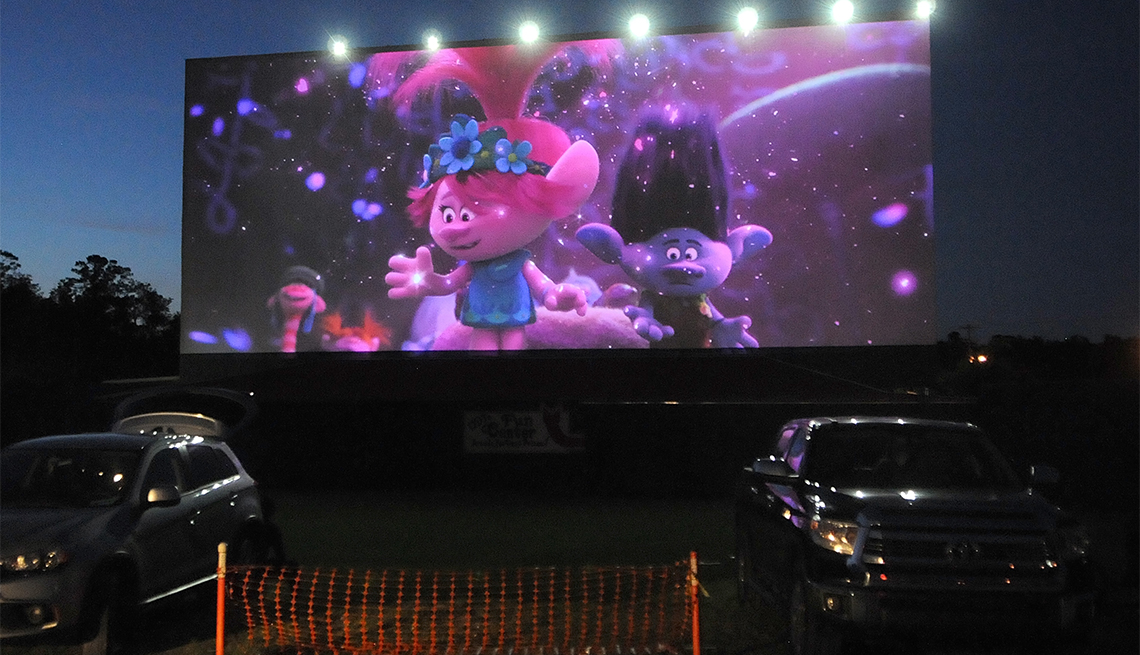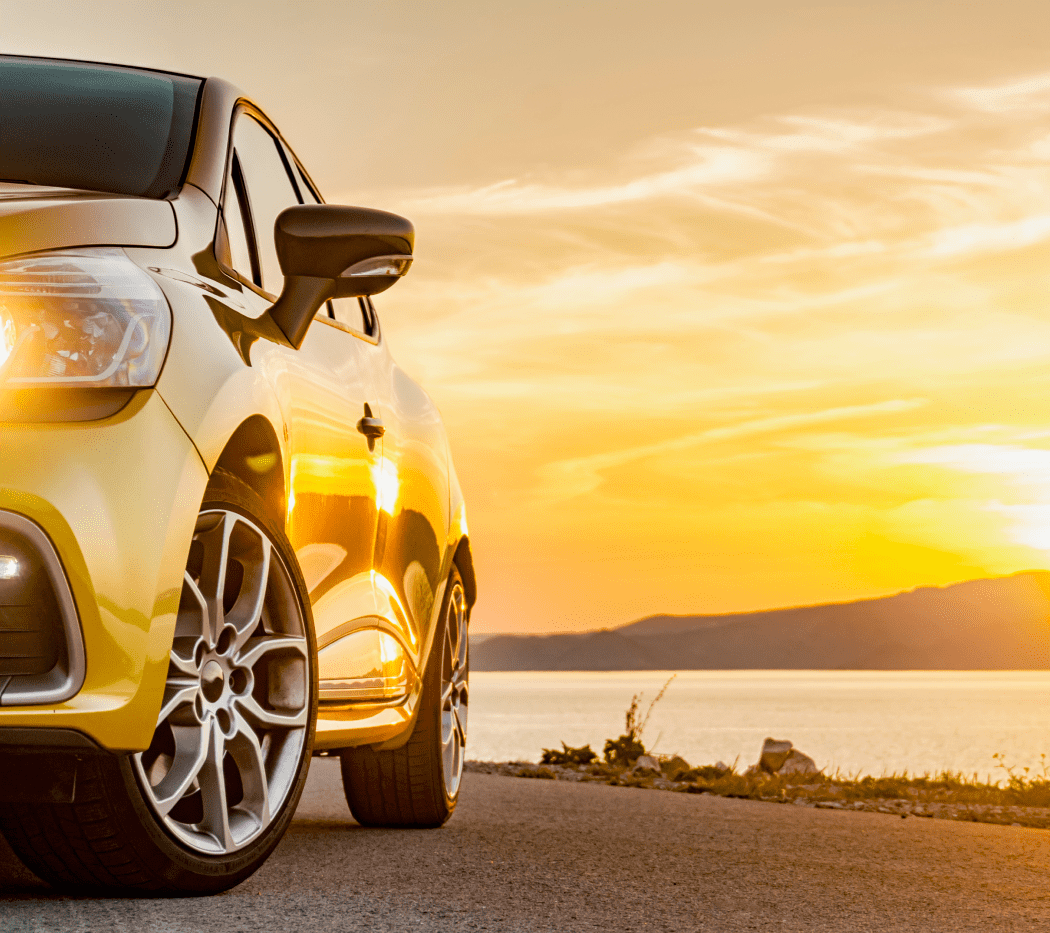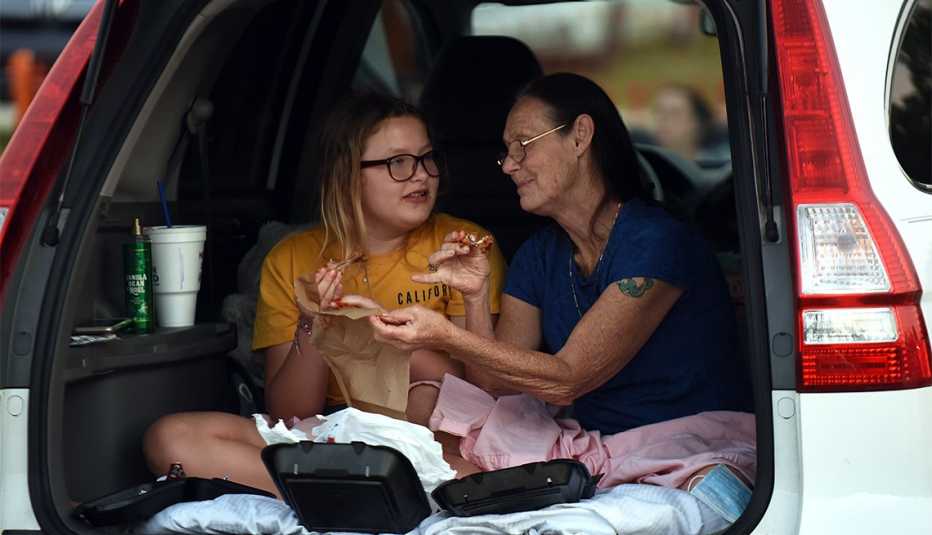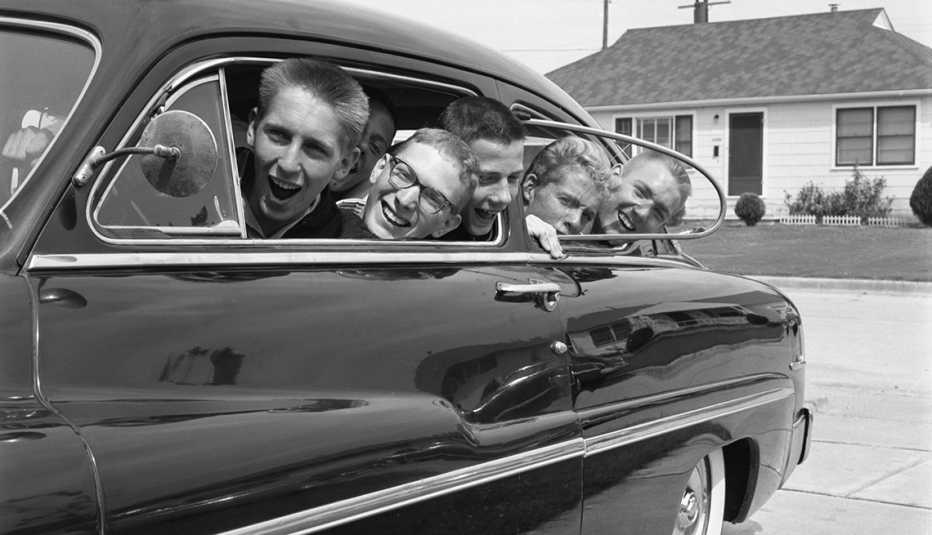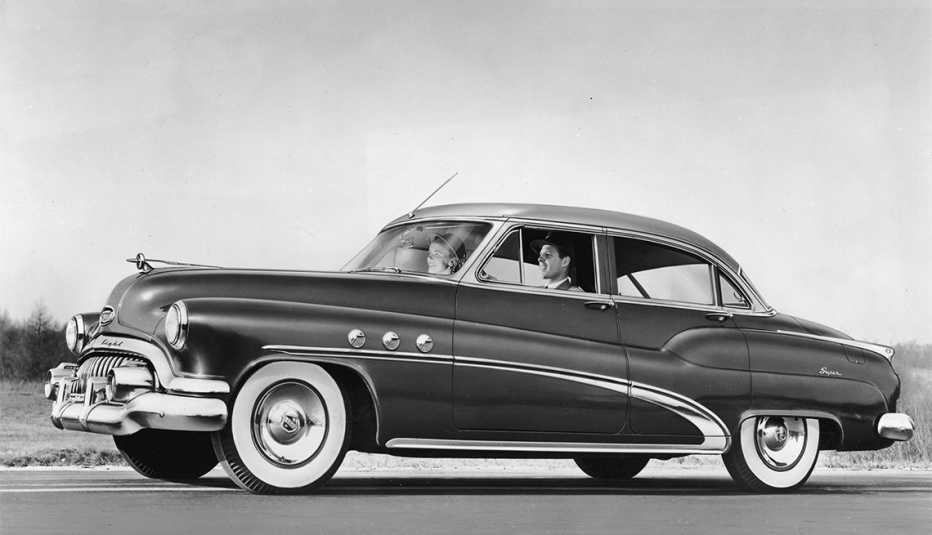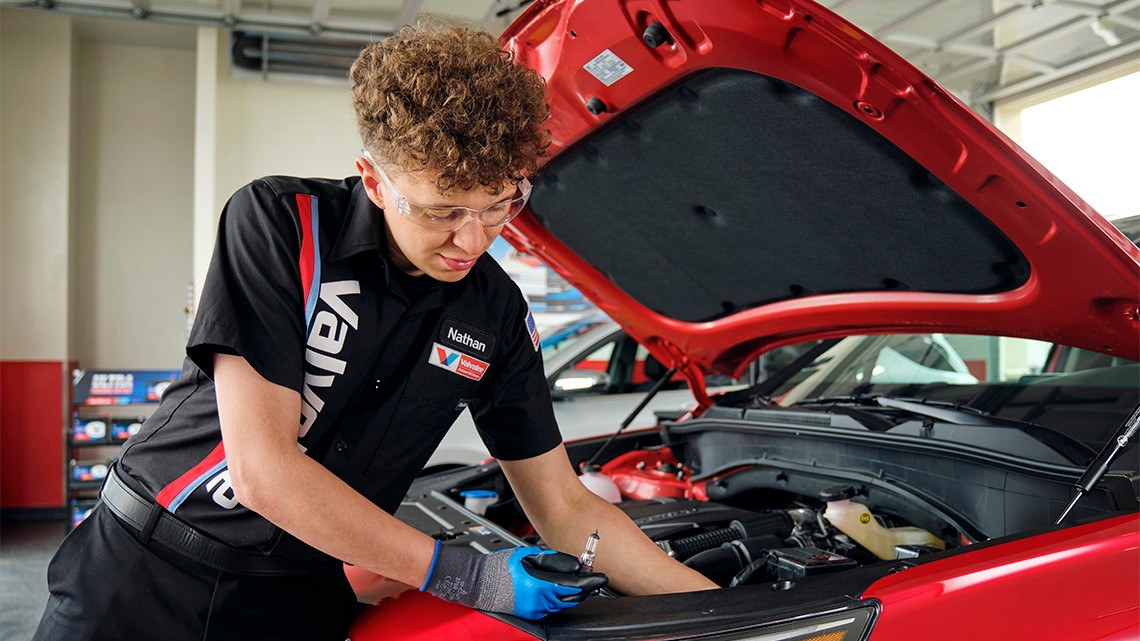Staying Fit
The pandemic has forced everyone to put all types of precautions in place, but that doesn't mean you can't leave the house and create some fond memories.
Consider the drive-in movie theater, that family-fun activity of boomers’ childhoods. Drive-in owners are poised to ride the wave of physical distancing to keep the coronavirus contained and tap into a bit of nostalgia. Many have or are setting up sites that offer wide, safe parking slots; revised rules on concessions; extra cleaning in restrooms; and even relief areas for dogs.


AARP Membership— $12 for your first year when you sign up for Automatic Renewal
Get instant access to members-only products and hundreds of discounts, a free second membership, and a subscription to AARP the Magazine.
"I like the concept of drive-ins as a way to phase in getting back to normal,” says Kenneth Koncilja, M.D., a geriatric specialist at Cleveland Clinic in New Brunswick, Ohio. “If you've got to stay in a contained space that's viral free, that could be your car. And if you have larger outside zones, like 30 to 60 feet, I really like that, too."
A short history of the first drive-in theater
Though drive-in movie theaters’ heyday was the 1950s, they debuted more than a decade before the end of World War II. Some trivia for your next game night:
• The first drive-in theater. Though some people used indoor projectors outdoors for shows before this, Richard Hollingshead, a chemical company owner whose mother couldn't fit comfortably in indoor theater seats, opened the first film venue specifically for cars on June 6, 1933, in Camden, New Jersey.
• That first movie. A 1932 British comedy titled Wives Beware for American audiences (originally called Two White Arms) was about a man in an unsatisfying marriage who fakes amnesia to pursue another woman.
• Ticket price. 25 cents for the car plus 25 cents a person. If you could cram more than three people inside, the cost remained capped at $1. That was a bit of a luxury considering indoor movie prices at the time were often 25 cents a person.
• Size. Hollingshead established his drive-in, which doesn't appear to have had a formal name, on 400 acres on U.S. 30 at Camden's border with Pennsauken Township, about 2.5 miles east of Philadelphia. His ad promised individual driveways three times the length of your car.
• Lifespan. His drive-in, opened in the midst of the Great Depression, lasted only 14 months. It closed because it couldn't make a profit. It also was hampered by an early RCA Victor sound system that couldn't reach all cars.
Americans who want to get out of the house and see a movie may like the idea, too. More than 4 out of 5 respondents don't want indoor cinemas to reopen as governors ease restrictions on businesses, according to a nationwide Washington Post-University of Maryland poll released May 5.
The 305 drive-in movie theaters across the country — down from a high of more than 4,000 in 1958, according to the United Drive-In Theatre Owners Association — have regained some popularity in the past few years as new owners worked to revitalize them.
Adapting to the new normal
John Watzke, owner and manager of Ocala Drive-In in Florida, about 60 miles northwest of Orlando, lived on the Mississippi coast during Hurricane Katrina in 2005, so he knows what a disaster can do to businesses. He was an early believer in COVID-19's power to destroy traditions.
So in Ocala, he doubled the space around cars, introduced online ordering from the concession stand with delivery to your numbered parking space, added a walk-up concession window to increase food sales and established a special area for people who need to walk their dogs. The extra attention to concessions is important because that's the revenue that keeps him in business, he says.
But most important to his customers: He has assigned one staffer to constantly clean the restrooms. And he and his face-masked crew patrol and monitor the behavior of patrons and workers to ensure safety.
"I'm very strict,” he says. “I tell people if you don't respect social distance [and our other safeguards], you are asked to leave. And there will be no refund."
His drive-in does a capacity business every night, he says. Capacity is about half of what it was before the coronavirus outbreak because of increased space around vehicles.
The business got its 15 minutes of fame when it reported the only box-office revenue for the weekend of April 17. The first-run movies playing on his two screens, Resistance and Swallow, each grossed $2,490.
Customers should not let their own safety practices lapse, even when others around them are enforcing restrictions, says Thomas A. Russo, M.D., a professor and chief of the division of infectious diseases at University of Buffalo's Jacobs School of Medicine and Biomedical Sciences in New York.
"Any person that you interact with, no matter how they're feeling, could infect you. Or otherwise you could infect them,” he says. “So minimize social interactions with other individuals. And if you interact, wear masks, maintain distance and remember hand hygiene."



























































